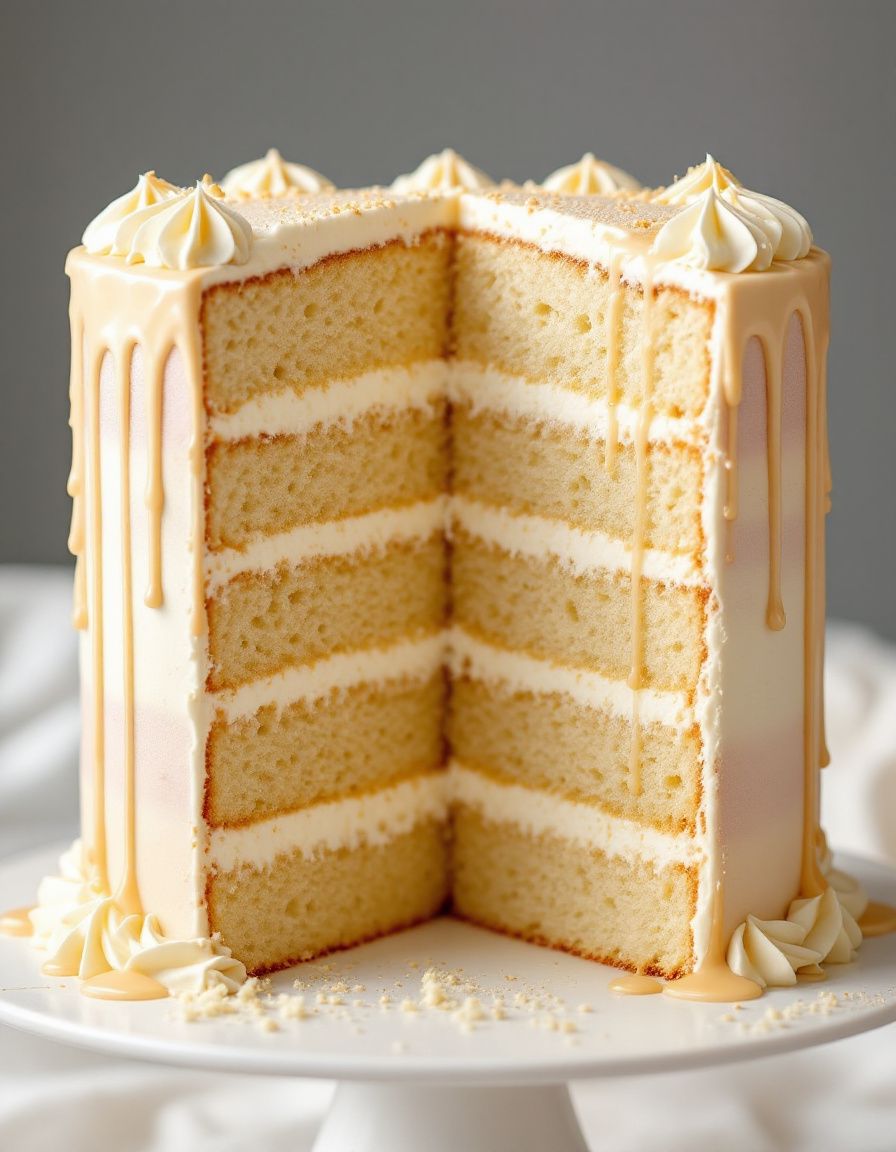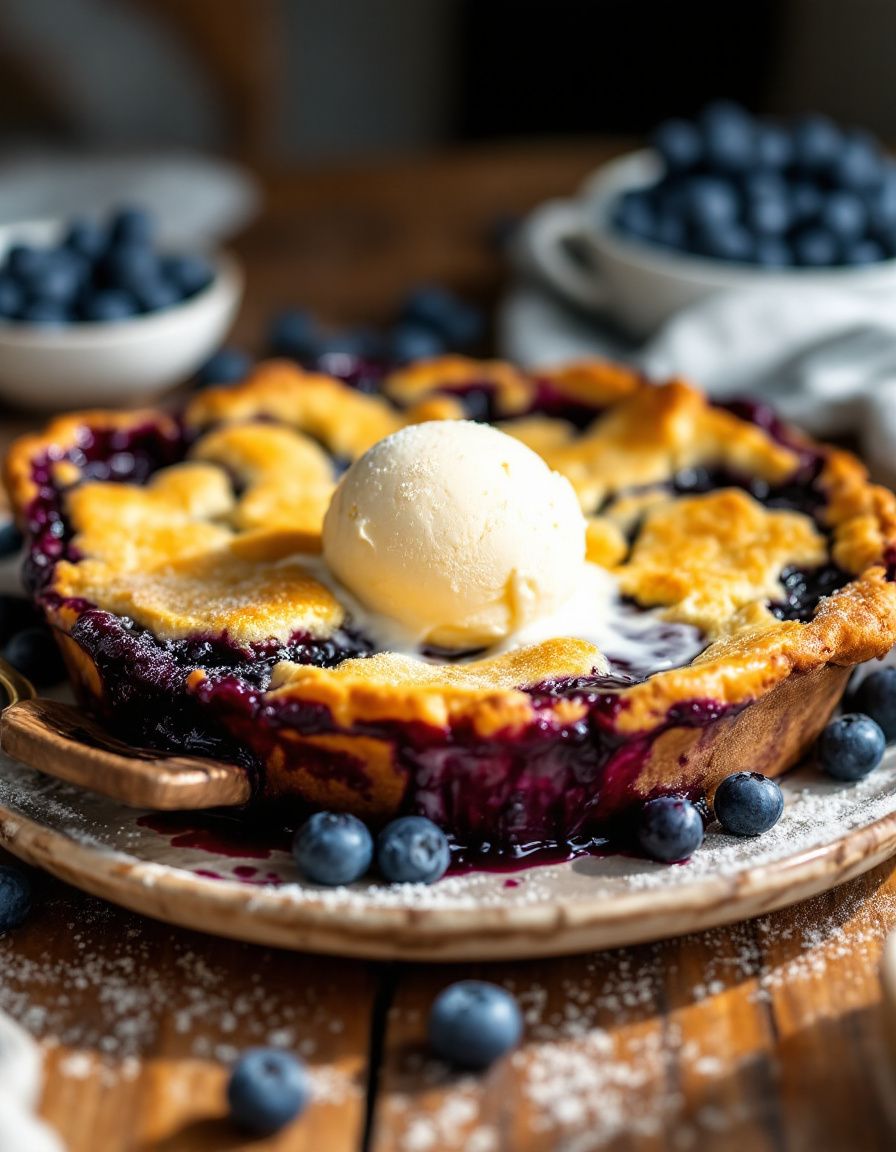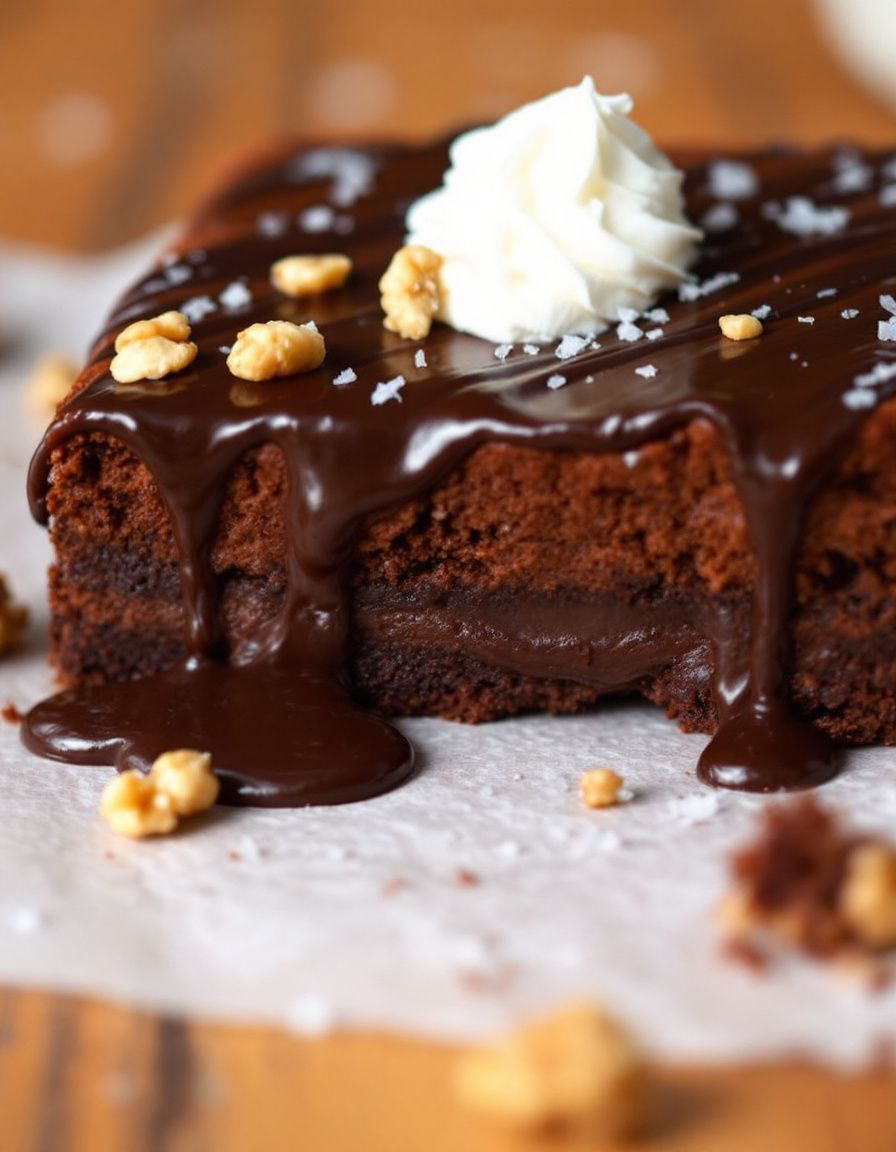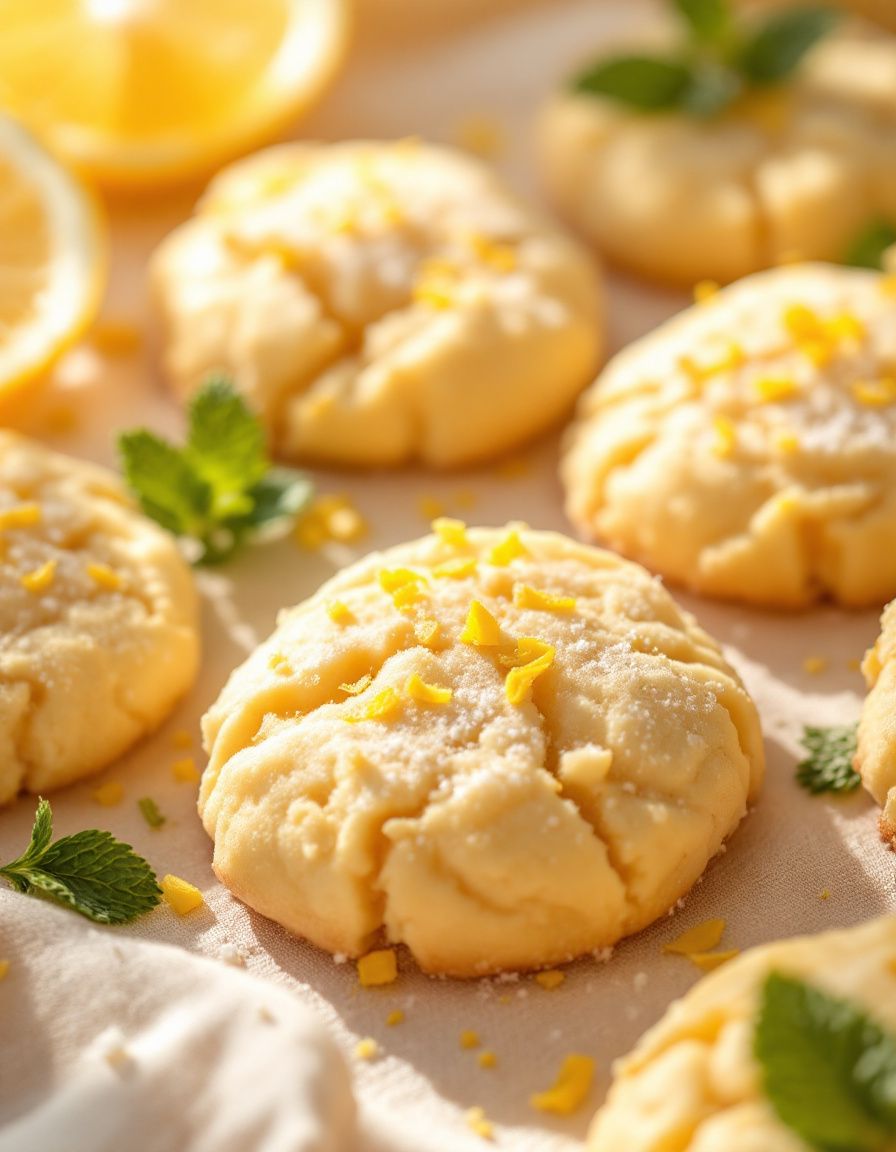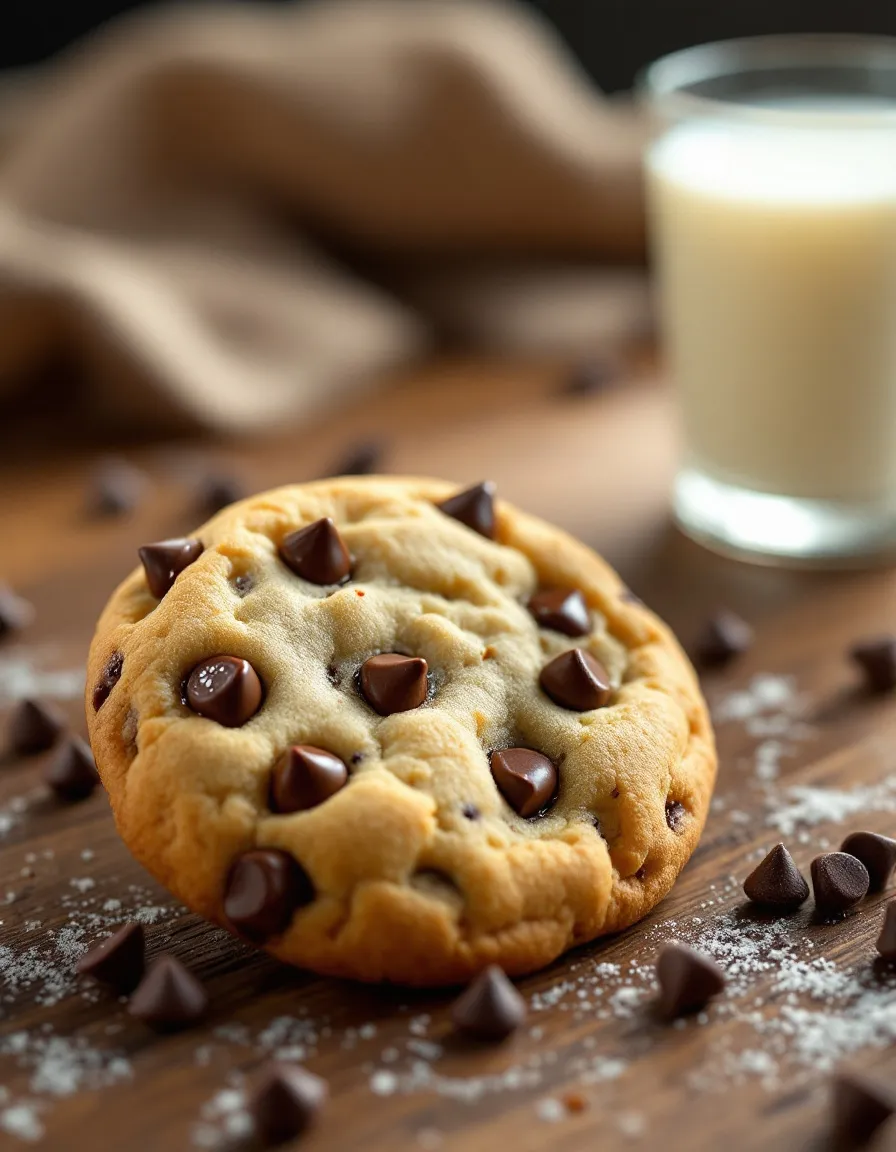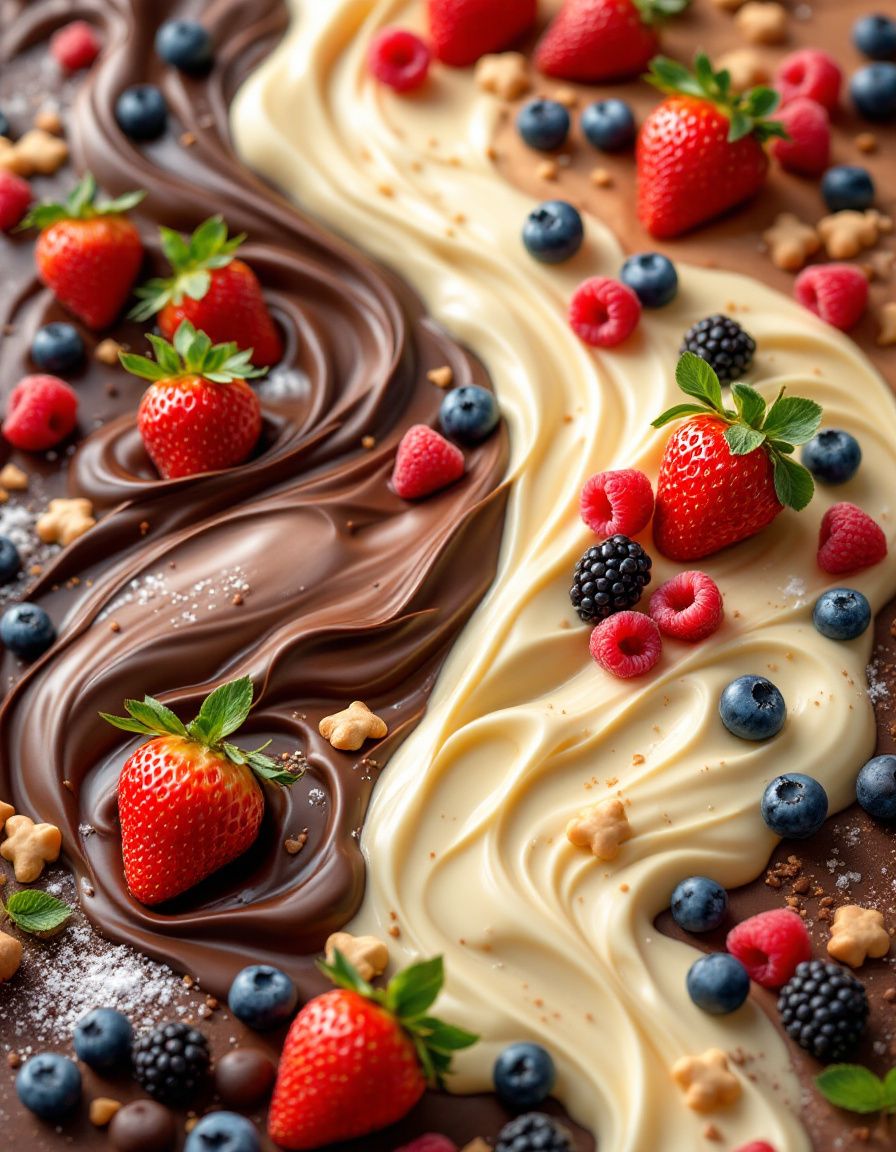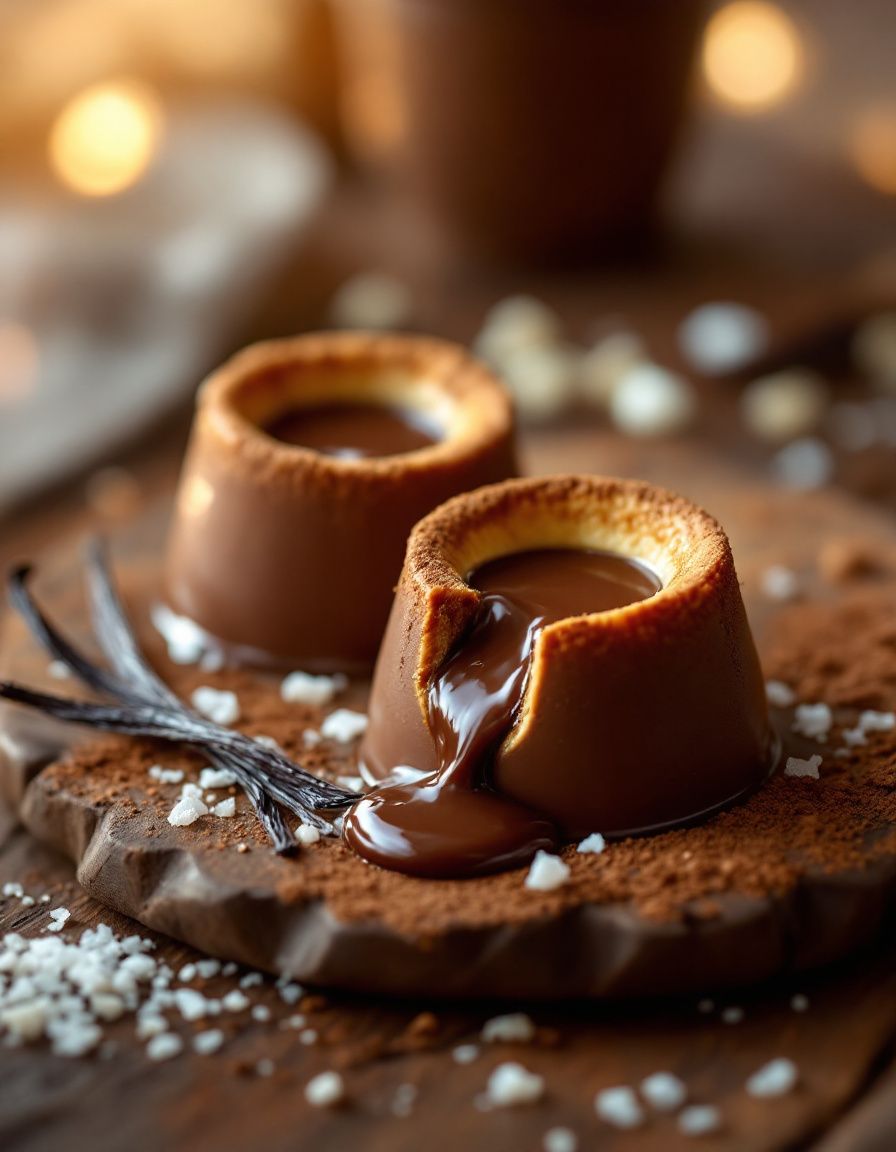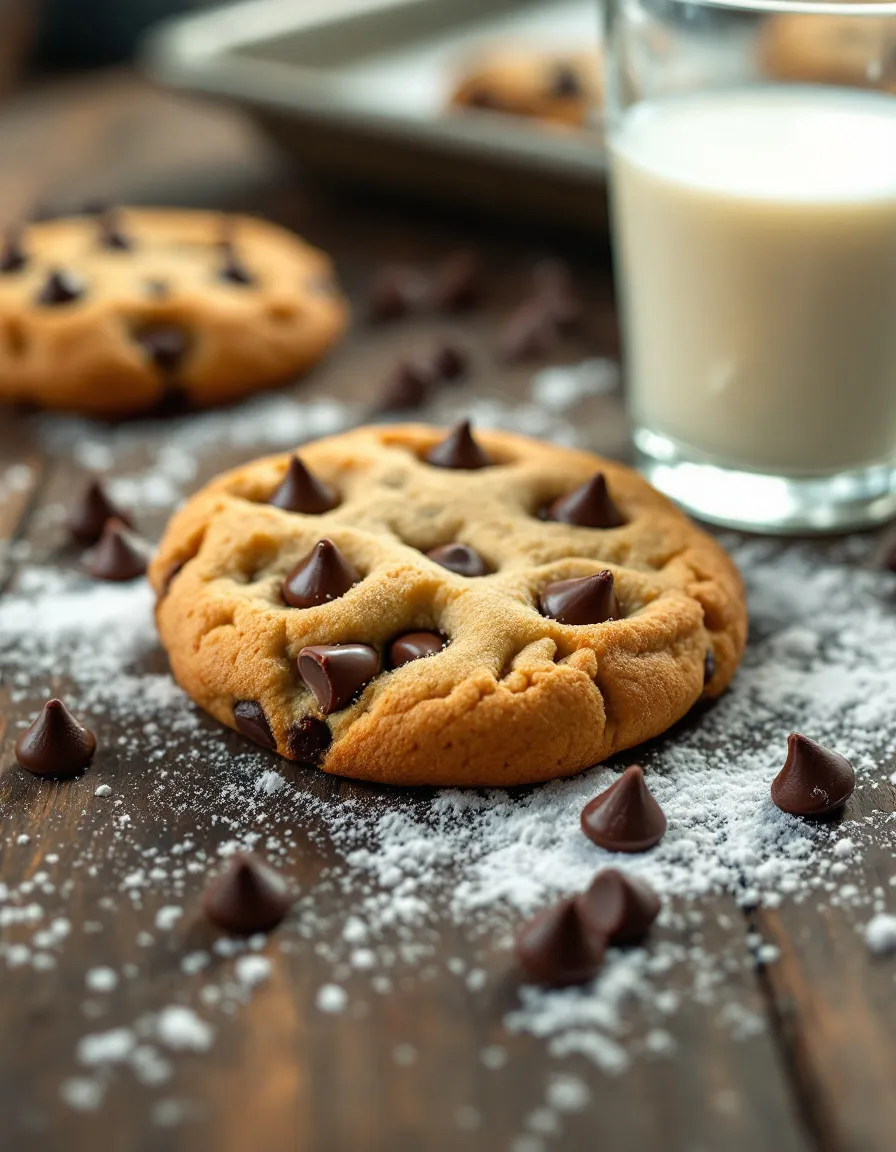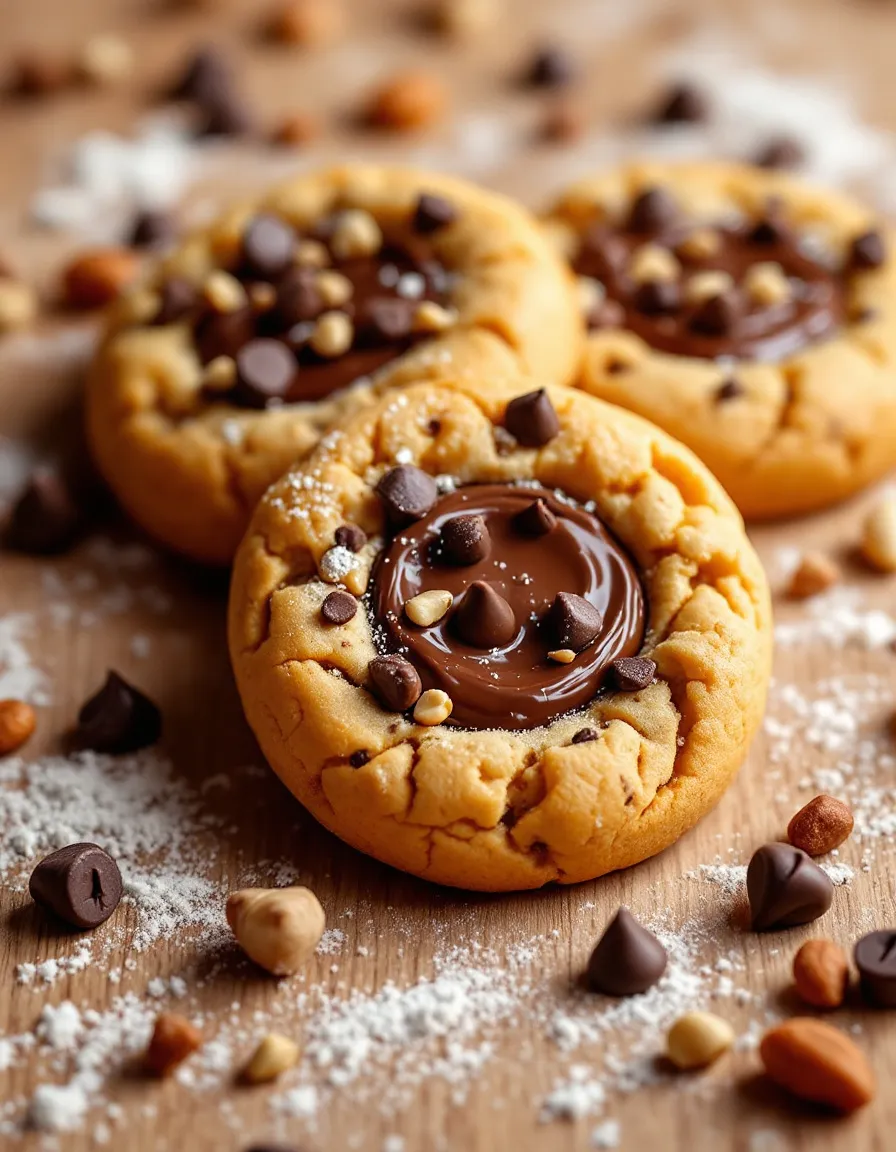Best Vanilla Cake Recipe: Delight in Every Bite
Indulge your senses with the **Best Vanilla Cake Recipe** that brings together simplicity and flavor in perfect harmony. The rich, buttery taste of vanilla combined with the moist, fluffy texture of the cake creates an unforgettable experience. Each bite offers a sweet embrace that is not overly rich but is delightful enough to satisfy any sweet tooth. Whether you’re celebrating a birthday, an anniversary, or simply treating yourself to something special, this cake has a way of making moments memorable.
The aroma of this vanilla cake wafts through your kitchen, inviting everyone to gather and share in the joy of baking. It fills your space with warmth and a sense of nostalgia, reminiscent of homemade treats from childhood. With its beautiful golden-brown crust and delicate crumb, this cake is a feast for the eyes as much as for the palate. Layer it with your favorite frosting, add fresh fruits, or enjoy it plain; this cake is a canvas for creativity and flavors, making it an ideal choice for all occasions.
Quick Recipe Highlights
- Flavor Profile: This vanilla cake delivers a delightful blend of buttery sweetness, with warm notes of vanilla that elevate its flavor.
- Texture: Expect a light and airy cake that melts in your mouth, complemented by a slightly crispy outer layer.
- Aroma: The inviting smell of vanilla and butter will fill your kitchen, making it hard to resist a taste.
- Visual Appeal: A golden exterior with a soft, pillowy interior makes this cake visually stunning, perfect for showcasing at events.
- Skill Level Needed: This recipe requires basic baking skills, making it accessible for beginners while still satisfying seasoned bakers.
- Special Equipment: You will need standard baking utensils, including mixing bowls, a whisk, and a cake pan.
Recipe Overview
- Difficulty Level: This vanilla cake is classified as easy, making it accessible to bakers of all experiences.
- Category: It falls under dessert, ideally suited for celebrations, or as a sweet treat at any time of day.
- Cuisine: A classic in American baking, this cake is revered for its simplicity and versatility, often served at parties and gatherings.
- Cost: It is an economical recipe, primarily using staple ingredients that won’t break the bank.
- Season: This cake is delightful year-round, but especially during celebratory seasons like spring and summer.
- Occasion: Perfect for birthdays, weddings, or simply a midweek treat, it’s adaptable for numerous events.
Why You’ll Love This Recipe
The **Best Vanilla Cake Recipe** provides an unparalleled taste that will astonish both your taste buds and your guests. The cake’s flavor delivers a perfect balance of sweetness without overwhelming your palate, making it a versatile foundation for various frostings and toppings. Pair it with fresh berries, whipped cream, or even a rich chocolate ganache, and you have a dessert that satisfies all cravings.
In addition to its exquisite flavor, the convenience of preparation is a significant advantage. With minimal ingredients and straightforward instructions, this recipe allows you to whip up a cake in less than an hour. Whether you are hosting a gathering or simply want to fill the house with the smell of freshly baked goods, this vanilla cake offers a quick and satisfying solution.
Not only is this cake delicious, but it also has nutritional advantages. Using simple, wholesome ingredients helps you enjoy a delightful dessert without feeling guilty. While it should be consumed in moderation, this cake can be part of a balanced diet when enjoyed mindfully.
The social aspect of baking and sharing this cake is priceless. Imagine the smiles on your friends’ and family’s faces when they take the first bite. It invites conversations, gatherings, and shared moments, all centered around the joy of food and companionship. Baking this cake together can also serve as a memorable bonding activity.
Finally, the accessibility and cost-effectiveness of this recipe ensure that anyone can enjoy it. Made primarily from ingredients you likely already have on hand, it doesn’t require fancy components, making it approachable for everyone from novice bakers to seasoned professionals.
Historical Background and Cultural Significance
The origins of cake can be traced back to ancient civilizations where breads sweetened with honey and fruits were considered a form of cake. However, the modern version we know today, particularly the vanilla cake, began evolving in the late 19th century with the introduction of baking soda and baking powder, leading to lighter, fluffier cakes.
Vanilla itself has a rich history, derived from orchids native to Mexico. Its popularity blossomed during the 19th century when it became a prized flavoring in baking, particularly in desserts. The Best Vanilla Cake Recipe embodies this heritage, marrying the traditional with contemporary baking techniques.
Over the years, this cake has evolved, with numerous variations emerging, including layers, fillings, and frostings that allow for personal twists. Each cultural adaptation reflects local tastes and ingredients, making vanilla cake a timeless dessert that transcends borders.
Today, vanilla cake serves not only as a staple dessert in American culture but also as a symbol of celebration, commonly found at weddings, anniversaries, and birthdays. Its comforting familiarity invites nostalgia, making it an enduring favorite for many.
Ingredient Deep Dive
Flour: Flour is the backbone of any baked good, and choosing the right kind is crucial for achieving the desired texture. All-purpose flour is commonly used in vanilla cake recipes due to its versatility. It provides structure without making the cake too dense. When selecting flour, look for reputable brands that ensure consistency. Proper storage in a cool, dry place will keep it fresh for longer.
Sugar: Sugar not only sweetens but also affects texture, moisture, and browning. Granulated sugar is typically used in vanilla cakes to create a tender crumb. It’s important to use accurate measurements for the best results. Consider storing sugar in an airtight container to prevent hardening. You can replace granulated sugar with coconut sugar for a lower glycemic index option while still providing sweetness.
Butter: The use of high-quality unsalted butter makes a world of difference in flavor and texture. Butter contributes to the cake’s richness and moisture, plus it helps create that delightful crumb. Opt for brands made from pasture-raised cows for a more robust flavor. Store butter in the refrigerator and allow it to soften at room temperature before using.
Eggs: Eggs act as a binding agent while adding moisture and richness to the cake. They help provide structure and stability during baking. Always use fresh eggs for the best results; they should be stored in the refrigerator. For alternatives, you can use applesauce or flaxseed meal combined with water as substitutes.
Vanilla Extract: The star ingredient of this recipe, vanilla extract enhances the overall flavor profile. Using pure vanilla extract sourced from real vanilla beans provides a depth of flavor that imitation extracts cannot replicate. Store vanilla extract in a cool, dark place to prolong its shelf life. Experimenting with different vanilla varieties can lead to unique flavor notes in your cake.
Common Mistakes to Avoid
- Using cold ingredients: Always let butter and eggs come to room temperature before mixing. Cold ingredients can result in a dense cake.
- Overmixing the batter: Be mindful not to overmix, as this leads to a tough texture. Mix until just combined.
- Not measuring accurately: Baking is a science—use measuring cups and spoons for precise measurements.
- Opening the oven door too soon: Avoid peeking before the cake nears the end of bake time. This can cause the cake to sink.
- Not greasing the pan properly: Ensure proper greasing and flouring of your cake pans to prevent sticking.
- Baking in the wrong size pan: Use the specified pan size for even baking. Adjust baking times if using a different size.
- Using expired leavening agents: Always check the expiration date on baking powder and baking soda to ensure they’re active.
- Not cooling the cake correctly: Allow the cake to cool in the pan for a bit before transferring to a wire rack to prevent sogginess.
Essential Techniques
Creaming Butter and Sugar: This technique is essential for achieving a light and fluffy texture in your cake. It incorporates air into the batter, which aids in leavening. To master it, beat softened butter and sugar until pale and fluffy, usually around 3-5 minutes. Watch for the batter to lighten in color; this visual cue indicates that sufficient air has been incorporated.
Measuring Ingredients: Accurate measurement is critical in baking. Using a kitchen scale for dry ingredients can improve precision. When measuring flour, spoon it into your measuring cup and level it off without packing down for best results. Common pitfalls include scooping flour directly with the cup, leading to excess flour and a dense cake.
Folding Technique: When incorporating dry ingredients into wet, use a gentle folding motion to minimize deflating the batter. This method relies on a spatula to lift and turn the mixture without stirring vigorously, maintaining the added airiness for a lighter cake.
Checking for Doneness: Insert a toothpick into the center of the cake. If it comes out clean or with a few crumbs attached, the cake is done. If it has wet batter, give it more time in the oven. Knowing the correct timing and visual cues for doneness prevents overbaking, yielding a dry texture.
Pro Tips for Perfect Best Vanilla Cake
– Use high-quality vanilla extract to enhance flavor and depth.
– Make sure all ingredients are at room temperature for even mixing.
– Experiment with adding zest from lemons or limes for a refreshing twist.
– For added moisture, try incorporating sour cream or yogurt into the batter.
– Allow your cake layers to cool completely before frosting to prevent melting.
– Use a serrated knife to level off the tops of your cakes for even stacking.
– Decorate with edible flowers or fresh fruit for an appealing finish.
– If frosting in warmer climates, refrigerate the cakes for a bit before adding frosting to set the layers.
Variations and Adaptations
For a lemon vanilla cake, add lemon zest to the batter for a citrusy twist. A chocolate version can be created by replacing a portion of the flour with cocoa powder for a rich, decadent flavor. During the summer, consider adding seasonal fruits like strawberries or blueberries for a visually stunning and tasty treat.
Additionally, you can easily modify the recipe for gluten-free diets by using alternative flours like almond flour or gluten-free all-purpose flour. For dietary preferences, a vegan adaptation can be made by substituting eggs with flaxseed meal and dairy butter with plant-based alternatives, making this vanilla cake accessible to all.
Creating a layered cake can elevate the presentation. Stack your layers with colorful fillings and frostings, resulting in a showstopper for any celebration. Seasonal adaptations, such as using pumpkin puree in the fall, can add unique flavors that reflect the time of year.
Serving and Presentation Guide
When it comes to plating your **Best Vanilla Cake**, appearance is key. You can enhance its beauty with simple garnishes like fresh fruits, a dusting of powdered sugar, or even a delicately drizzled glaze. Plating on a colorful or thematic cake stand can highlight your cake, making it the center of attention at gatherings.
Traditional accompaniments include serving the cake with vanilla ice cream or whipped cream for added texture and creaminess. For modern presentations, consider layering slices with a parfait of fresh fruits and yogurt on the side or individual mini cakes for guests.
Pay attention to portions; cut generous but manageable slices to ensure everyone has a taste without overindulging. Serve each slice at room temperature to ensure the best flavor and texture experience.
Wine and Beverage Pairing
When selecting a beverage to complement your vanilla cake, consider light wines like a Moscato or a sparkling Prosecco, which complement the sweetness without overpowering it. If non-alcoholic options are preferred, a citrus-infused sparkling water or a lightly brewed iced tea serves as refreshing alternatives.
For coffee lovers, a rich espresso pairs beautifully, providing a bold contrast to the cake’s sweetness. When serving, consider the temperature of your beverages; a chilled drink helps balance the warmth of freshly baked cake.
Storage and Shelf Life
Proper storage of your **Best Vanilla Cake** will maintain its moisture and flavor over time. Wrap the cooled cake in plastic wrap or store it in an airtight container at room temperature for up to three days. For longer storage, you can refrigerate it, but be sure to allow it to come back to room temperature before serving for the best flavor experience.
You can freeze the cake for extended preservation. Wrap it tightly in plastic wrap followed by aluminum foil to prevent freezer burn. It can last up to three months in the freezer. When you’re ready to enjoy it, thaw it overnight in the refrigerator before bringing it back to room temperature.
Make Ahead Strategies
Planning ahead makes baking less stressful. The cake can be baked and cooled a day in advance. Wrap and store it in the refrigerator overnight, which allows the flavors to meld and the cake to settle.
Consider preparing the frosting ahead of time to save on tasks the day of serving. Store it in the refrigerator as well and give it a quick stir before frosting the cake. For extra flair, make a fruit or berry compote in advance, allowing it to cool, which will complement the vanilla cake wonderfully.
Scaling Instructions
Scaling this recipe is simple, whether you want to make a mini version or feed a crowd. To halve the recipe, just divide all ingredients by 2, and bake in a smaller pan, adjusting the bake time.
If you need to double or triple the recipe, use larger mixing bowls and pans accordingly. Keep an eye on the baking time, as larger cakes might need more time, whereas smaller ones may bake faster.
Ensure pan sizes are correctly adjusted; this will prevent overheating or undercooking the cake. Maintain accurate measurements for reliable results every time you scale the recipe.
Nutritional Deep Dive
This **Best Vanilla Cake Recipe** can be broken down into its macronutrients. With flour providing carbohydrates, sugar acting as an additional source of energy, and butter contributing fats, each slice has a balanced amount of nutrition suitable for an occasional treat.
Furthermore, the eggs included in the recipe add a good amount of protein, essential for muscle recovery and overall health. While indulgent, the cake can be enjoyed in moderation as part of a balanced diet, particularly if you substitute ingredients for healthier alternatives.
It’s crucial to consider portion sizes to maintain a balanced intake of calories and nutrients. This cake is rich, therefore larger portions can easily increase calorie intake more quickly than anticipated.
Dietary Adaptations
For gluten-free options, substitute all-purpose flour with a blend designed for cakes that provides a similar texture. Ensure that additional binders are included to maintain structure.
Dairy-free adaptations can be made using coconut oil or vegan margarine in place of butter and almond or oat milk instead of regular milk. For vegan bakers, utilize flaxseed meal mixed with water as an egg replacement while ensuring all other ingredients are plant-based.
Low-carb and keto-friendly versions are possible too, utilizing almond or coconut flour while replacing sugar with erythritol or monk fruit sweetener. Each of these adaptations keeps the spirit of the original recipe intact while catering to dietary preferences and restrictions.
Troubleshooting Guide
Perhaps the most common problem faced when baking a cake is dryness. To avoid this, ensure measuring the flour accurately and avoid overbaking. If a cake is too dense, it may have been overmixed. Gently fold in dry ingredients to keep a light texture.
If the cake domes in the middle, it could be due to the oven temperature being too high—make sure to use an oven thermometer for accuracy. For uneven baking, ensure a consistent oven temperature and rotate the cake pans halfway through for uniform results.
If the cake sticks to the pan, proper greasing and cooling time are crucial. Allowing the cake to cool before removing it can drastically reduce this problem.
Recipe Success Stories
Community feedback often highlights how versatile this vanilla cake is. Readers love sharing their personalized adaptations, from seasonal fruit additions to stunning birthday decorations. Photos of decorated cakes flood in, showcasing unique creations, proving how this cake brings out creativity.
Success stories also include readers reporting back with tips they’ve learned along the way, emphasizing the importance of patience and practice in mastering the art of cake baking. Others share how they turned this cake into a centerpiece for celebrations, making it a staple in their baking repertoire.
As engagement grows, readers offer praise for the non-fussy recipe, highlighting that even novice bakers felt empowered and accomplished after trying it.
Frequently Asked Questions
Absolutely! Cake flour will provide an even lighter texture, perfect for a delicate vanilla cake. Just be sure to adjust your measurements accordingly as cake flour has less protein content compared to all-purpose flour.
Can I make this cake dairy-free?
Yes, you can substitute butter for vegan margarine or coconut oil, and use almond or oat milk in place of regular milk. The flavor and texture will still be delicious!
How can I make the cake less sweet?
Reducing the sugar slightly can help. Try lowering the amount by a quarter without affecting the overall structure. Alternatively, consider using a sugar substitute for a lower-sugar option.
Can I freeze the cake?
Yes! This cake freezes well. Just wrap it tightly in plastic wrap and then in aluminum foil. It can last in the freezer for up to three months. Just remember to thaw in the fridge before enjoying.
How do I know when the cake is done?
Insert a toothpick into the center of the cake; if it comes out clean or with a few crumbs sticking to it, the cake is done.
Can I make this a layered cake?
Yes! Just divide the batter between two or three round cake pans and stack them with your choice of frosting or filling for a beautiful layered cake.
What if I don’t have vanilla extract?
In a pinch, you can use other extracts like almond or coconut, but this will change the flavor profile. You can also add vanilla bean paste or even vanilla bean specks from the pod for a unique twist.
Can I add fruit to this cake recipe?
Absolutely! Incorporating fresh or frozen fruit like raspberries or blueberries into the batter will give the cake a lovely flavor. Just be cautious not to add too many, as the liquid content might affect the texture.
What’s the best way to store leftovers?
Keep the leftover cake wrapped tightly in plastic wrap or in an airtight container at room temperature for up to three days. You can refrigerate it for longer freshness but bring it back to room temperature before serving again.
Can I substitute eggs in this recipe?
Yes! For each egg, you can use 1/4 cup of unsweetened applesauce, a mashed banana, or a flax egg (1 tablespoon of flaxseed meal mixed with 2.5 tablespoons of water) as a replacement.
Additional Resources
For those new to baking or looking to perfect their skills, consider exploring related recipes that emphasize basic techniques in pastry making. Learning about frosting types can enhance your cake-decorating skills, elevating your vanilla cake presentations.
Also, investing time in understanding ingredients beyond what’s in this recipe can bolster creativity and confidence in the kitchen. Familiarize yourself with various baking tools and techniques through tutorial videos; they can serve as great guidance during your baking journey. Each season comes with unique ingredients—try incorporating them into your cakes where possible to diversify flavors.
Join the Conversation
We love hearing from our readers! Share your experiences with the **Best Vanilla Cake Recipe** on social media, and don’t forget to tag us. Post photos of your delicious creations, and tell us about your unique adaptations. Engage with your fellow bakers in the comment section—exchange tips and tricks that have worked for you.
We encourage you to leave feedback or rate the recipe after trying it out, as this helps others in the community discover the joys of baking. Together, let’s create a supportive space for food lovers and inspire creativity in the kitchen.
The Recipe
Best Vanilla Cake
Serves: 8 servings
Prep Time: 20 mins
Cook Time: 30 mins
Total Time: 50 mins
Kitchen Equipment Needed
- Mixing bowls
- Electric mixer or whisk
- Measuring cups and spoons
- Cake pans (9-inch round)
- Cooling rack
- Spatula
Ingredients
- 2 cups all-purpose flour
- 1 ½ cups granulated sugar
- ½ cup unsalted butter, softened
- 1 cup milk
- 3 large eggs
- 1 tablespoon vanilla extract
- 2 teaspoons baking powder
- ½ teaspoon salt
Directions
- Preheat the oven to 350°F (180°C). Grease and flour the cake pans.
- In a large bowl, cream together the butter and sugar until light and fluffy.
- Add the eggs, one at a time, mixing well after each addition. Stir in the vanilla extract.
- In another bowl, combine the flour, baking powder, and salt. Gradually add to the creamed mixture, alternating with the milk until fully combined.
- Divide the batter evenly between the prepared pans, smoothing the tops.
- Bake in preheated oven for 25-30 minutes or until a toothpick inserted into the center comes out clean.
- Let the cakes cool in the pans for 10 minutes before transferring to a wire rack to cool completely.
Recipe Notes
- For a richer flavor, consider using vanilla bean paste instead of extract.
- Store any leftover cake wrapped tightly at room temperature or refrigerated for freshness.
- To make a layered cake, add your favorite frosting between each layer once cooled completely.
